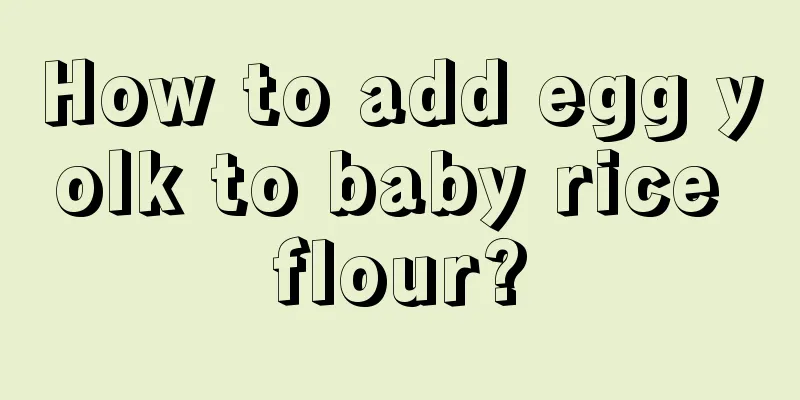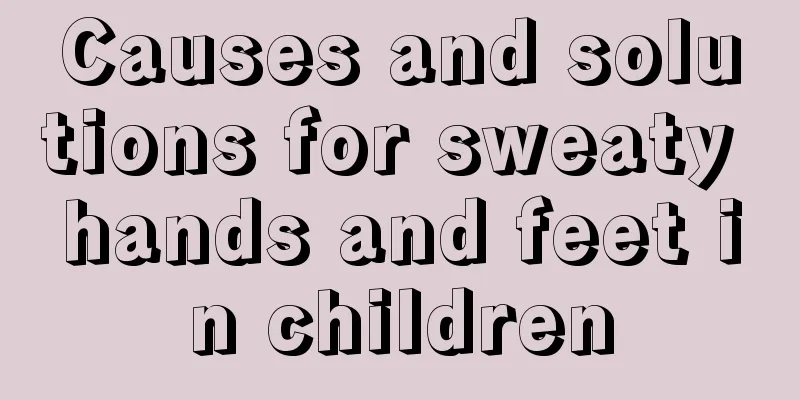How to tell if a child has eaten a coin

|
When babies learn to crawl and walk, they will always become curious about things at home. If they catch some small objects, they will put them into their mouths and may accidentally eat them. If you want to determine whether the child is eating a coin, you need to see if it is stuck. If it is stuck in the throat, it will generally cause breathing difficulties and even constant crying.
The clinical characteristics of esophageal foreign bodies are related to the location, size, and nature of the foreign bodies. Most patients will experience symptoms after esophageal foreign body occurs, but according to Boyd's statistics, about 10% may not have any symptoms. The severity of the symptoms is usually related to the characteristics and location of the foreign body and the degree of damage to the esophageal wall, especially whether the foreign body has penetrated the esophageal wall. Its main clinical features are as follows: 1. Dysphagia Dysphagia is related to the degree of esophageal obstruction caused by foreign bodies. For patients with complete obstruction, swallowing difficulties are obvious, and liquids are difficult to swallow. Nausea and vomiting often occur immediately after swallowing. For patients with smaller foreign objects, liquid or semi-liquid diets can still be taken. For some patients, dysphagia is mild or even asymptomatic, and the disease may last for months or even years without treatment.
When a foreign body accidentally enters the esophagus, there is usually a feeling of gasping for air at first, followed by a feeling of foreign body blocking the esophagus. If the foreign body is in the cervical esophagus, the symptoms are more obvious, and the patient can usually point out that the foreign body is in the suprasternal fossa or lower neck. If the foreign body is in the thoracic esophagus, there may be no obvious feeling of obstruction, or there may only be a feeling of foreign body obstruction and dull pain behind the sternum. 3. Pain The pain in the upper esophagus is the most obvious, often located in the center of the base of the neck. The pain worsens when swallowing and may even make it impossible to turn the neck. The pain in the middle esophagus may be behind the sternum and sometimes radiate to the back, and the pain is not very severe. The pain in the lower esophagus is lighter and can cause upper abdominal discomfort or pain. The pain often indicates the degree of damage to the esophageal wall by esophageal foreign bodies. Severe pain is a signal that the foreign body has damaged the esophageal muscle layer and should be taken seriously. Usually, smooth foreign bodies cause dull pain, while foreign bodies with sharp edges and tips cause severe sharp pain. Esophageal mucosal injury often causes continuous pain, which worsens in paroxysms with swallowing movements. Sometimes the area of greatest pain can indicate the lodgment site of the foreign body, but its accuracy is very limited.
Increased salivation is a common symptom, which is more obvious if there is a foreign body in the cervical esophagus. If there is severe injury, bloody saliva may also be present. Among all the patients, the symptom of increased salivation is most obvious and common in children. The causes of increased saliva production are the combined effects of swallowing pain, dysphagia and esophageal obstruction. Local stimulation from foreign bodies can also increase secretion. Generally, based on the symptom of increased salivation and the history of foreign body, it can be preliminarily inferred that the foreign body resides in the cervical esophagus rather than the thoracic esophagus. 5. Reflux symptoms Reflux symptoms may occur after foreign bodies remain in the esophagus. The amount of reflux depends on the degree of foreign body obstruction of the esophagus and the infection status of the tissue structures around the esophagus. Some patients may also experience reflex vomiting. 6. Respiratory symptoms The main symptoms are dyspnea, cough, cyanosis, etc. It often occurs in infants and young children, especially foreign bodies at the entrance and upper part of the esophagus. Large or sharp foreign objects may compress the throat or damage the mucosa, causing inflammation. |
<<: How high the jaundice level is will affect the brain
>>: How to diagnose spina bifida in newborns
Recommend
Parents 9 ways to cooperate with children to learn well
The child’s learning process is not a solitary ba...
How to cultivate children's concentration
Teachers often tell parents that their children d...
Baby's head has ringworm-like rash
Some parents will pay close attention to any chan...
Why does my baby poop after eating egg drop soup?
Every child is a piece of apples and apples in th...
What's wrong with the newborn's lower body?
Many parents will find that newborn girls have bl...
What is the difference between pediatric acetaminophen capsules and granules?
Children's Paracetamol and Amantadine Granule...
Parents' tone of voice determines their children's emotional intelligence and IQ
Tone of trust Children especially want to be trus...
Is it normal for a child to have a temperature of 37.2?
Measuring body temperature is the easiest way for...
What should I do if my child has tooth decay caused by feeding bottle?
Many parents will let their babies sleep with a b...
Can I wash my baby's hair when he has a fever?
When the baby has a fever, parents will panic and...
What are the symptoms of lung heat cough in children?
Children have a very poor physical constitution a...
What are the development indicators of a twelve-month-old baby?
Children's development has become a very conc...
What are the early symptoms of hypothyroidism in infants?
Babies' physical fitness is not like that of ...
Can children grow tall if their parents are short?
Tall people, whether male or female, tend to be m...
What causes pain in the left lower abdomen of a child?
As children grow up, they may develop various dis...









